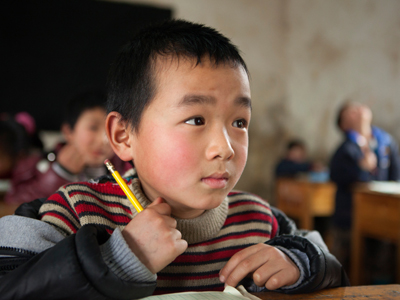
China: Under Mao - 1930-1965 - How Far Communist Rule Had Changed China By 1965
This World History quiz is called 'China: Under Mao - 1930-1965 - How Far Communist Rule Had Changed China By 1965' and it has been written by teachers to help you if you are studying the subject at high school. Playing educational quizzes is a user-friendly way to learn if you are in the 9th or 10th grade - aged 14 to 16.
It costs only $12.50 per month to play this quiz and over 3,500 others that help you with your school work. You can subscribe on the page at Join Us
In high school, History students will be taught about China under Mao. One area they will look at is how much Communist rule had changed China by 1965.
Ready for more?
not all...
quizzers. Try to win a coveted spot on our Hall of Fame Page.







